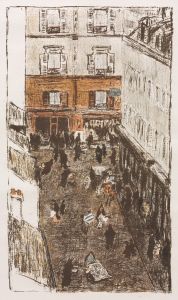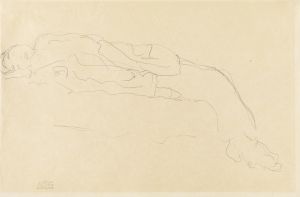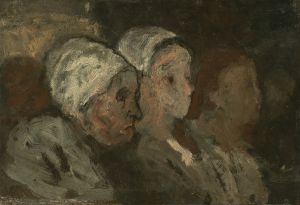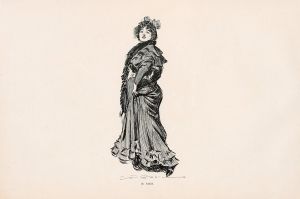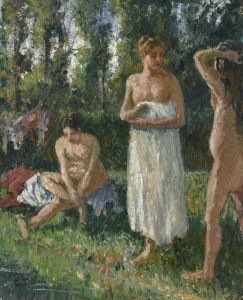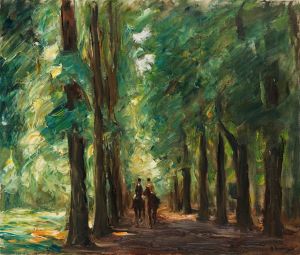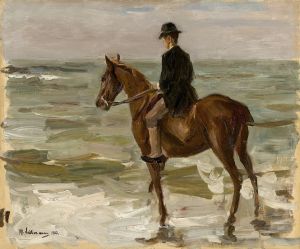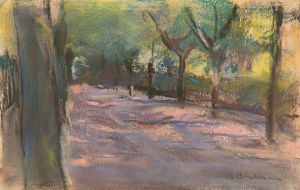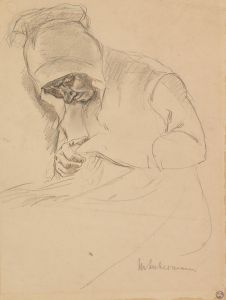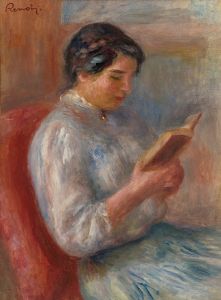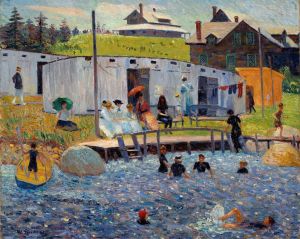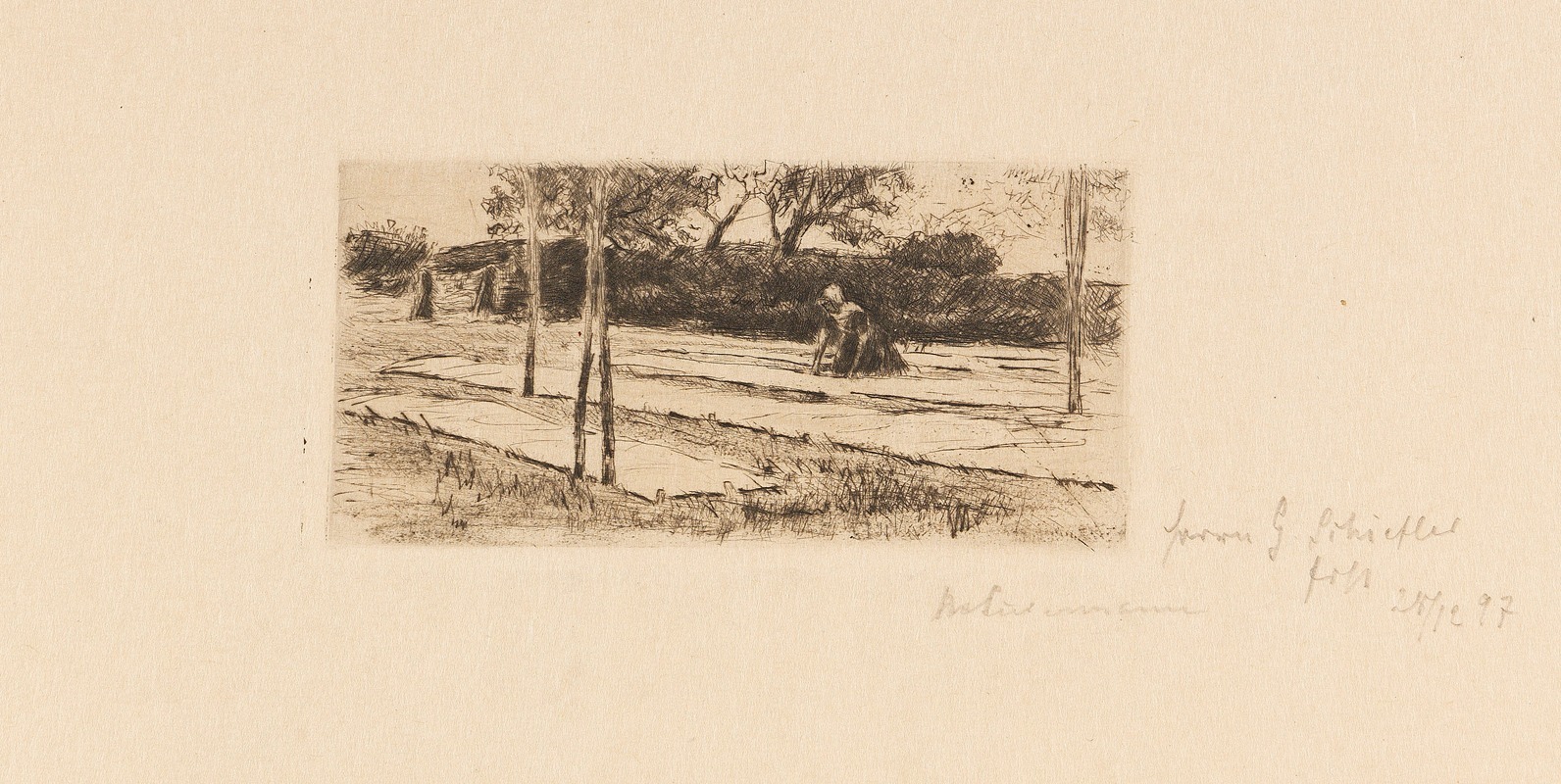
Die Bleiche
A hand-painted replica of Max Liebermann’s masterpiece Die Bleiche, meticulously crafted by professional artists to capture the true essence of the original. Each piece is created with museum-quality canvas and rare mineral pigments, carefully painted by experienced artists with delicate brushstrokes and rich, layered colors to perfectly recreate the texture of the original artwork. Unlike machine-printed reproductions, this hand-painted version brings the painting to life, infused with the artist’s emotions and skill in every stroke. Whether for personal collection or home decoration, it instantly elevates the artistic atmosphere of any space.
Max Liebermann was a prominent German painter and printmaker, associated with the Impressionist movement. One of his notable works is "Die Bleiche" (The Bleaching Ground), which exemplifies his interest in capturing scenes of everyday life with a focus on natural light and atmosphere.
"Die Bleiche" was painted in 1882, during a period when Liebermann was increasingly drawn to rural and working-class subjects. This painting depicts a group of women engaged in the labor-intensive process of bleaching linen in the open air. The scene is set in a pastoral landscape, likely inspired by the artist's travels in the Netherlands, where he was influenced by the Dutch masters and their depictions of peasant life.
In "Die Bleiche," Liebermann employs a muted color palette, with soft greens and browns dominating the composition. The figures are arranged in a rhythmic pattern across the canvas, emphasizing the repetitive nature of their work. The artist's brushwork is loose and fluid, capturing the play of light and shadow on the figures and the surrounding landscape. This technique reflects Liebermann's Impressionist sensibilities, as he sought to convey the transient effects of light and atmosphere.
The painting is notable for its focus on the dignity and industriousness of the working women, a theme that recurs throughout Liebermann's oeuvre. By choosing to depict these laborers, Liebermann aligns himself with the Realist tradition, which sought to portray the lives of ordinary people with honesty and empathy. At the same time, his Impressionist approach to light and color imbues the scene with a sense of immediacy and vitality.
"Die Bleiche" was well-received by contemporary audiences and critics, who praised Liebermann's ability to capture the essence of rural life with both realism and sensitivity. The painting is considered an important example of Liebermann's mature style, which combines elements of Realism and Impressionism to create a unique and compelling vision of everyday life.
Throughout his career, Liebermann remained committed to exploring themes of labor and leisure, often returning to similar subjects in his later works. His paintings of workers, such as those depicted in "Die Bleiche," reflect his belief in the value of hard work and the beauty of simple, unadorned life. This focus on the everyday also aligns Liebermann with the broader trends of 19th-century art, which increasingly turned away from historical and mythological subjects in favor of more immediate and relatable themes.
Today, "Die Bleiche" is regarded as a significant work within Liebermann's body of work and within the broader context of 19th-century European painting. It exemplifies the artist's skill in capturing the nuances of light and atmosphere, as well as his commitment to portraying the lives of ordinary people with dignity and respect. The painting remains an enduring testament to Liebermann's artistic vision and his contribution to the development of modern art.





